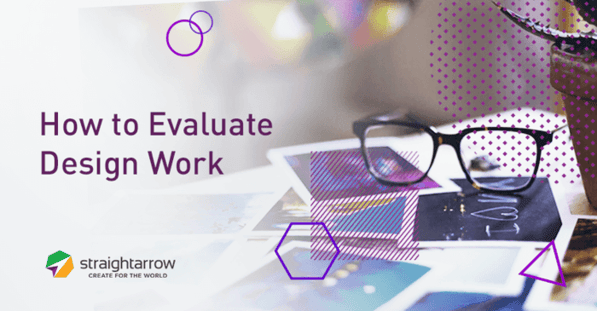
Proper feedback is essential to all creative work. When it comes to graphic design, though, lots of feedback either ends up vague or purely subjective. Getting the best work means knowing how to evaluate a design—not based on taste, but on reason and aesthetic principles.
Your feedback should be guided by the start- and endpoints you set for the design work, which will typically be covered by your market and design research, as well as your creative brief. This can be further broken down into simpler questions, like the ones below:
1) Does the design provide a solution?
Design isn’t just about making things look good; it’s about solving problems. For graphic design, this usually involves conveying specific information or getting users to perform certain actions.
A design’s ability to solve such problems should be at the heart of all feedback for it. Features that detract from its ability to meet objectives should be changed, while those that work towards the solution should be kept. Similarly, feedback should never move the design further from the solution to those problems—though designers and clients should note that there’s always more than one solution.
2) Does it fit your audience and your brand?
That said, not every solution will be right for you. Your options will be limited by what is consistent with your brand and what appeals to your target audience. Be strict in enforcing this—sticking to your brand and audience will give you a solid market position while the added constraints will bring out your designers’ creativity.
3) What are its key features?
Each design will have certain elements or principles that form its backbone. They are what provide a sense of consistency amid the nearly limitless possibilities in design. Good designs will utilize these features well and keep them consistent. In bad designs, these features will be difficult to pinpoint, inconsistent, or ill-suited to the design problem.
Be mindful of these features when providing your feedback. Unless they are poorly suited to your design problem, they should be kept in place. Your feedback should change the things around them while keeping them intact. To alter these features is as good as coming up with a new design entirely—which should be kept as a last resort.
4) How does it stand out?
Designers should always be aware of popular trends as those trends are vital in infiltrating the already design-saturated society that we live in. They should also be mindful of when or how they apply those specific trends—a design can use a standard format and execute it well or it might subvert it to achieve a desired effect.
“ It's best to discuss with the designer about the problem trying to solve, not just what you like or you don't like. In fact, leave all your personal preferences behind when giving feedback.”
With all these creative insights, don’t forget that feedback is as much what you say as how you get it across. Make sure that you think about what you say thoroughly. Negative comments are inevitable, but including positive remarks will show that you are truly paying attention to a work and will help keep up good relations with your designers, which never hurts.
Try to pay attention to the quality, composition, and overall visual aesthetic of the creative output. Identifying specific graphic elements or concepts is more even-handed and will definitely help the designer imagine and think more clearly. These elements combined together should help you create a well-structured evaluation, indicating room for improvement in the designer’s future projects.
Sometimes, if the reason behind the success of a visual design's impact is hard to pinpoint, you’ll just have to experiment with different studies. After seeing which study conveys the message of the project or embodies the objective better, you can then consult your designer to follow these elements.
In other words, when evaluation becomes too subjective, just return to your objectives. The goals of the design project will provide much-needed focus amidst the boundless possibilities of art and design.
Do you have other insights on evaluating visual works? Sound off in the comments below!
Need help with your creative design requirements? We're here to support you. Get on a free, no-obligation discovery call with our team to get started.
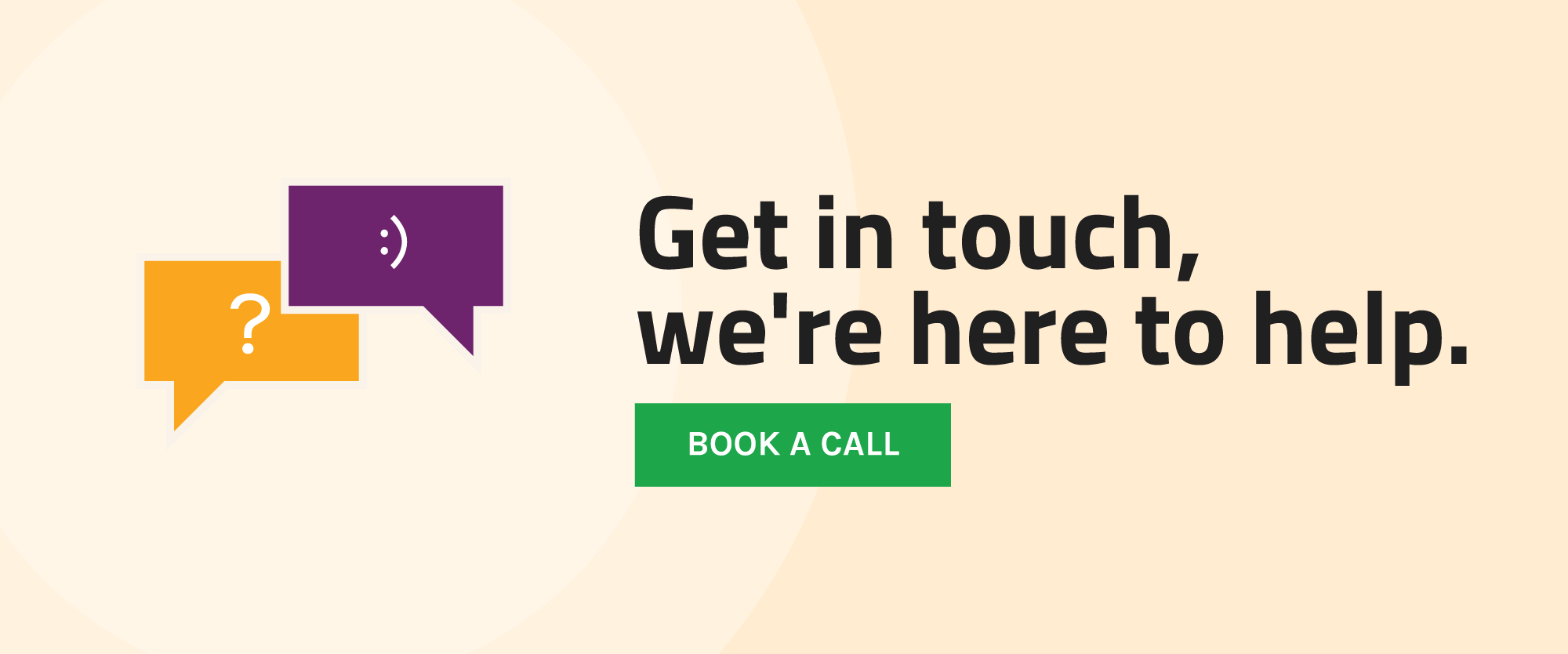






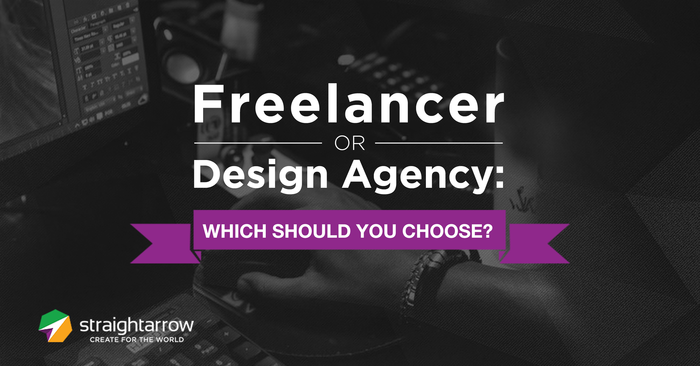
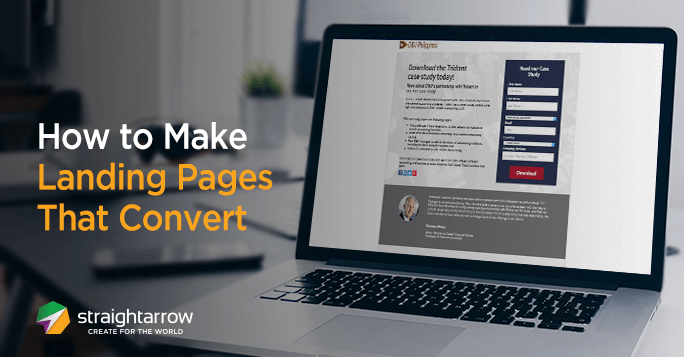
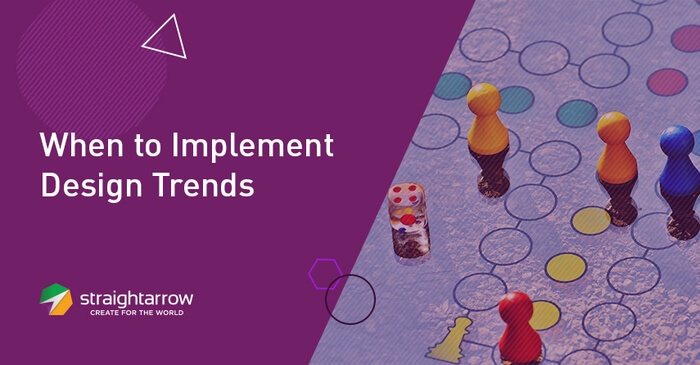

Comments